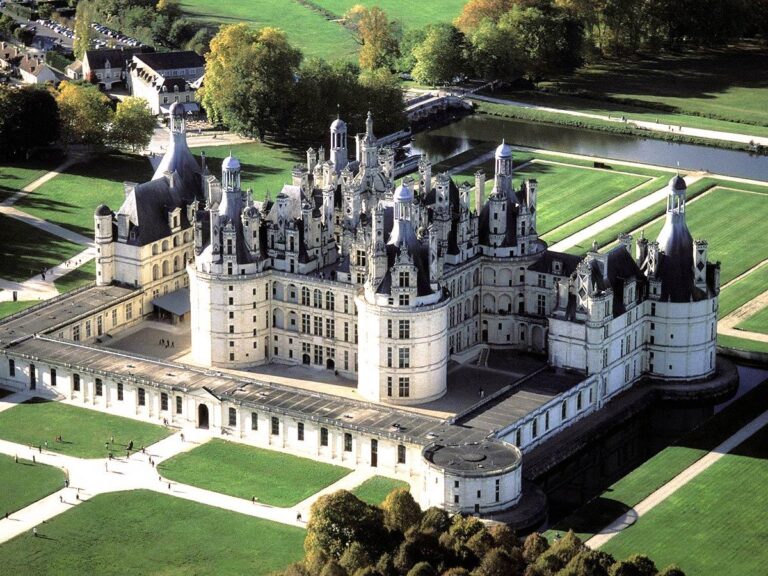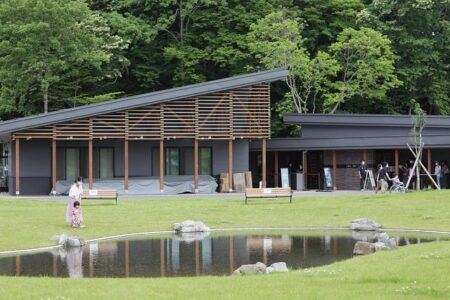The iconic castles dotting France’s Loire Valley, renowned for their historic grandeur and architectural beauty, now face an escalating threat from climate change. As rising temperatures and increased flooding jeopardize these UNESCO World Heritage sites, preservationists warn that urgent action is needed to protect the region’s cultural legacy. This report delves into how climate-related challenges are impacting the Loire castles and what measures are being proposed to safeguard them for future generations.
Loire Castles Face Increasing Threats from Rising Floods and Erosion
The iconic castles lining the Loire River, celebrated for their Renaissance architecture and rich history, are increasingly vulnerable as climate change accelerates the frequency and intensity of floods. Recent years have recorded unprecedented water levels that have submerged castle grounds and weakened ancient foundations. Preservationists highlight that rising erosive forces combined with persistent moisture pose a direct threat to the structural integrity of these monumental sites, some of which have stood for over five centuries.
Authorities and conservation groups are now forced to adopt urgent measures, balancing heritage protection with environmental realities. Efforts include:
- Reinforcing riverbanks using sustainable engineering techniques
- Implementing advanced water drainage systems around vulnerable structures
- Continuous monitoring through drones and satellite imaging to assess erosion
- Community awareness campaigns focusing on climate resilience
Without decisive intervention, several castles risk irreversible damage, threatening not only France’s cultural heritage but also the local tourism economy.
| Castle | Flood Risk Level | Protection Measures |
|---|---|---|
| Château de Chambord | High | Bank reinforcement & drainage upgrade |
| Château de Chenonceau | Moderate | Regular foundation inspections |
| Château d’Amboise | High | Emergency flood barriers |
Historic Preservationists Call for Urgent Climate Adaptation Measures
The iconic Loire Valley castles, many of which have stood for centuries, are increasingly threatened by the escalating impacts of climate change. Rising temperatures, altered rainfall patterns, and intensified flooding events are accelerating the deterioration of delicate structural components and historic materials. Preservation experts emphasize that without swift adaptation strategies, these cultural treasures risk irreversible damage, undermining both their heritage value and tourism appeal. Moisture infiltration, erosion, and biological growth are among the critical issues now demanding urgent attention.
Preservationists are urging authorities to implement a comprehensive climate resilience plan that includes advanced monitoring systems, enhanced drainage solutions, and the use of climate-adaptive restoration materials. Collaborative efforts between environmental scientists, conservationists, and local communities are considered essential to safeguard the castles’ legacy for future generations. The table below highlights key preservation challenges alongside proposed adaptation measures being considered for the Loire region:
| Preservation Challenge | Adaptation Measure |
|---|---|
| Flooding and Water Damage | Installation of advanced water diversion systems |
| Stone Erosion | Use of weather-resistant mortars and protective coatings |
| Biological Growth (Moss, Algae) | Regular bio-cleaning and humidity control |
| Structural Instability Due to Soil Shift | Geotechnical monitoring and foundation reinforcement |
Experts Recommend Enhanced Water Management and Structural Reinforcements
Conservation specialists and environmental engineers urge immediate action to safeguard the iconic Loire castles from escalating climate threats. Enhanced water management strategies are at the forefront, focusing on controlling river flow variations, reducing flood risks, and improving drainage systems around heritage sites. Experts highlight the need for installing advanced sensors and automated water barriers, which can provide real-time data and rapid response capabilities during extreme weather events. Such technological integrations aim to preserve the ground stability and prevent water infiltration that jeopardizes these historic stone structures.
Structural reinforcements are also recommended, combining traditional restoration techniques with modern materials to strengthen castle foundations and walls. Key measures include:
- Injecting lime-based mortars to repair cracks and enhance wall cohesion
- Reinforcing foundations with non-invasive piling methods
- Installing flexible seismic joints to absorb movement caused by soil moisture changes
- Applying protective coatings that resist water and biological growth
| Intervention | Objective | Projected Effectiveness |
|---|---|---|
| Automated Water Barriers | Reduce flood impact | High |
| Lime Mortar Repairs | Restore wall integrity | Medium |
| Seismic Joints | Absorb structural stresses | Medium-High |
| Protective Coatings | Prevent water damage and mold | Medium |
Key Takeaways
As climate change continues to accelerate, the iconic Loire Valley castles-symbols of France’s rich cultural heritage-face an uncertain future. Rising temperatures, shifting weather patterns, and increased flooding pose significant threats to these historic landmarks, prompting urgent calls for enhanced preservation efforts. The situation underscores a broader challenge confronting heritage sites worldwide: adapting to a changing environment while safeguarding history for generations to come. Authorities and experts now find themselves at a crossroads, balancing the demands of conservation with the realities of a warming planet.




